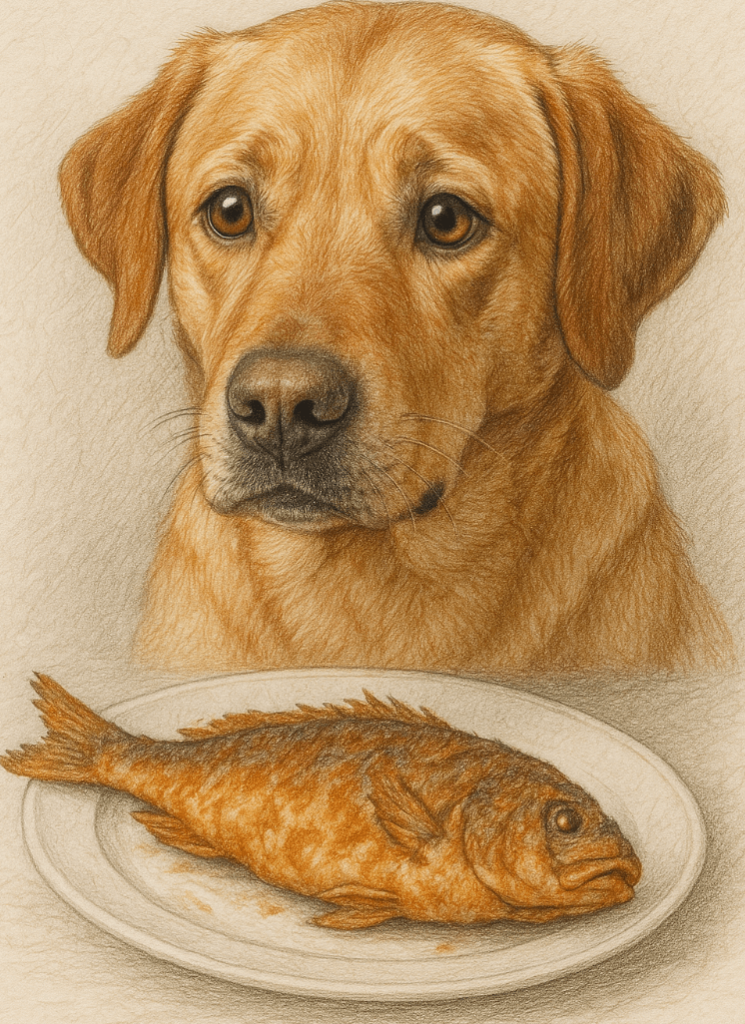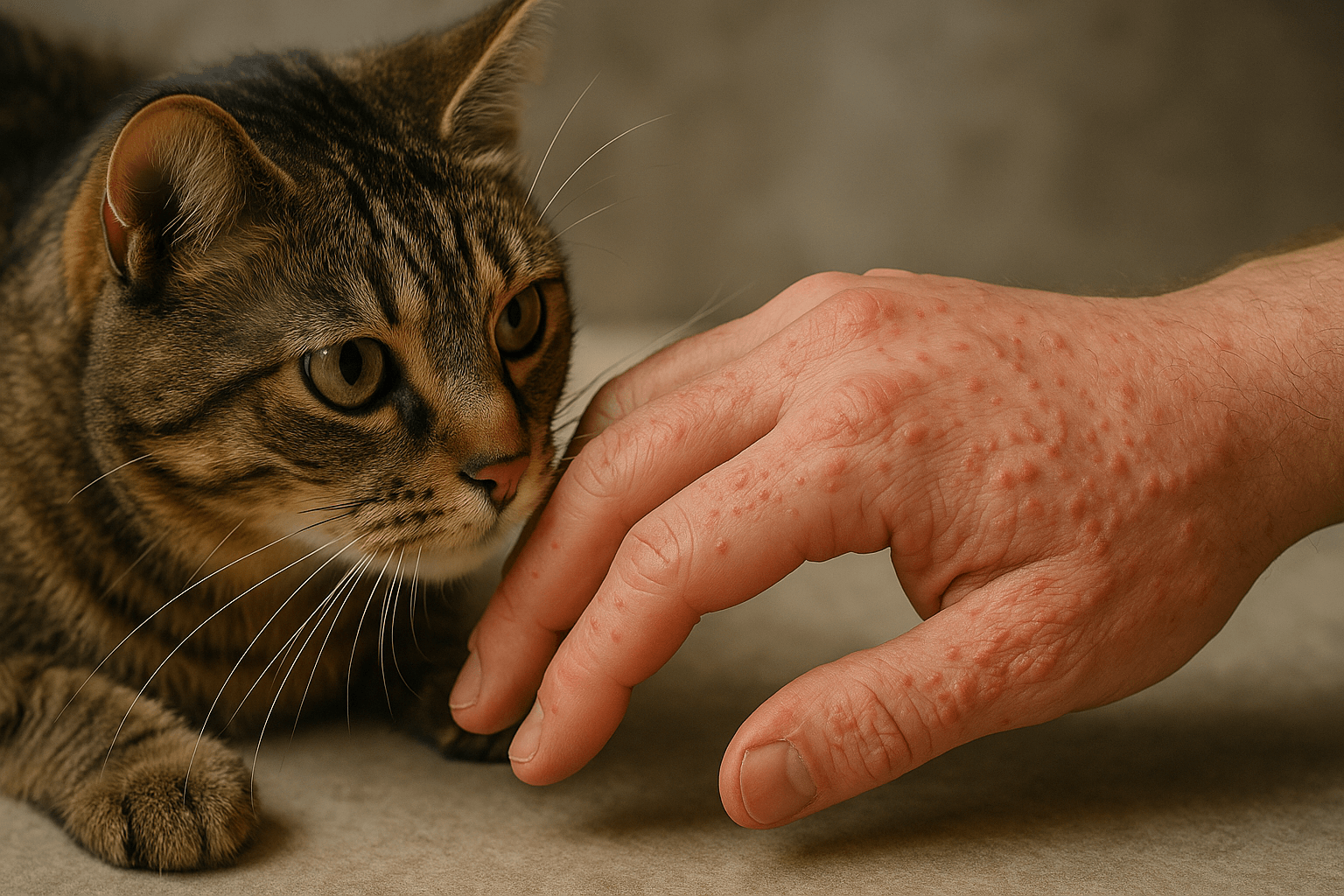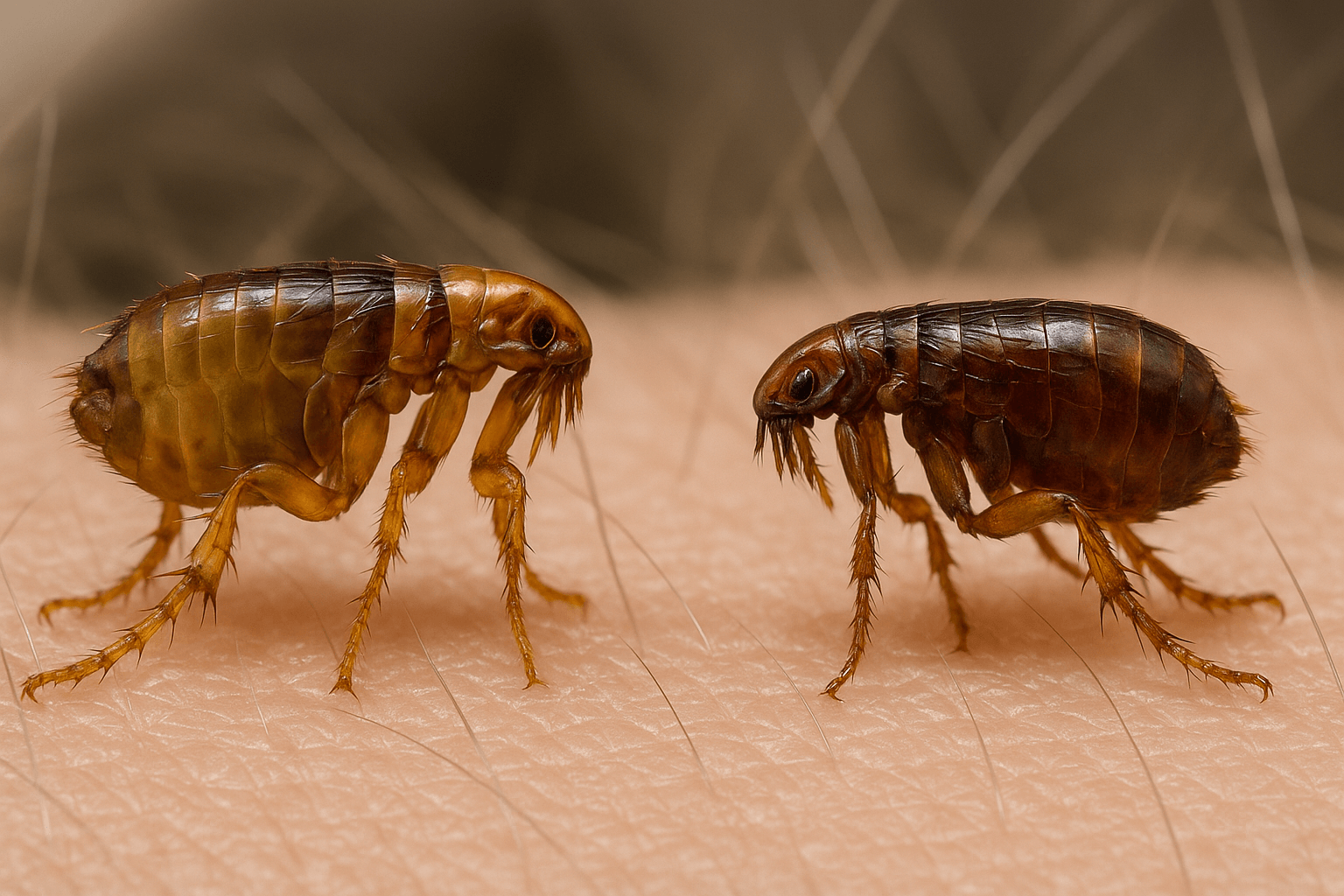Can Dogs Eat Fried Fish?
Fish is often considered a healthy and nutritious food for humans, but what about our four-legged friends? Many dog owners wonder whether fried fish is safe for their canine companions. While fish can be a great source of protein, omega-3 fatty acids, and essential nutrients for dogs, the way it’s prepared plays a crucial role in determining its safety. Fried fish, in particular, comes with certain risks that every pet owner should be aware of. In this blog post, we’ll explore whether dogs can eat fried fish, the potential dangers, safer alternatives, and tips to ensure your pup stays healthy and happy.
Potential Risks of Feeding Fried Fish to Dogs
While fish itself can be beneficial for dogs, frying it introduces several hazards that could harm your furry friend. Understanding these risks will help you make informed decisions about your dog’s diet.
High Fat Content:
Fried fish is typically cooked in oil, which adds unnecessary fat that can upset your dog’s stomach or lead to pancreatitis.Seasonings and Spices:
Salt, garlic, onion powder, and other seasonings commonly used in fried fish are toxic to dogs and can cause serious health issues.Bones as Choking Hazards:
Fried fish may still contain small, sharp bones that can pose choking risks or cause internal injuries if swallowed.Risk of Pancreatitis:
The high-fat content in fried foods increases the likelihood of pancreatitis, a painful and potentially life-threatening condition.Allergic Reactions:
Some dogs may have allergies or sensitivities to fish, leading to symptoms like itching, vomiting, or diarrhea.
These risks highlight why fried fish is not an ideal treat for dogs and why alternative preparation methods are safer.
Health Benefits of Plain Fish for Dogs
When prepared properly, fish can offer numerous health benefits for dogs, making it a valuable addition to their diet. Here’s why plain, cooked fish is a healthier option than fried fish.
Rich in Omega-3 Fatty Acids:
Omega-3s support skin and coat health, reduce inflammation, and promote joint mobility.High-Quality Protein Source:
Fish provides lean protein that supports muscle development and overall energy levels.Essential Vitamins and Minerals:
Fish contains vitamins like B12 and D, as well as minerals like zinc and selenium, which contribute to immune health.Supports Cognitive Function:
Omega-3 fatty acids also benefit brain health, especially in senior dogs or puppies.Easily Digestible:
Plain, cooked fish is gentle on the digestive system, making it suitable for many dogs with sensitive stomachs.
By choosing plain, boneless fish over fried options, you can provide your dog with nutrition without the associated risks.
Check this guide 👉Can Dogs Eat Pesto? Best 7 Expert Tips!
Check this guide 👉Can Dogs Eat Artichokes? Best 7 Expert Tips!
Check this guide 👉Can Dogs Eat Sugar Snap Peas? Best 7 Expert Tips!

Safe Ways to Feed Fish to Dogs | Risks of Unsafe Fish Preparation |
|---|---|
Plain, boiled fish (no seasoning) | Fried fish with added oils and fats |
Boneless fillets | Fish with small, sharp bones intact |
Steamed or baked fish | Seasoned or spiced fish |
Fish included in vet-approved diets | Raw fish with parasites or bacteria |
Moderation (small portions as treats) | Overfeeding fish leading to imbalance |
How to Safely Introduce Fish to Your Dog’s Diet
If you’re considering adding fish to your dog’s diet, it’s important to do so safely and gradually. Follow these steps to ensure a smooth transition and minimize potential issues.
Choose Plain, Cooked Fish:
Opt for boneless, skinless fillets that are boiled, steamed, or baked without any seasonings or oils.Start with Small Portions:
Introduce fish in small amounts to monitor your dog’s reaction and avoid digestive upset.Remove All Bones:
Double-check that the fish is completely free of bones before serving it to your dog.Avoid Processed Fish Products:
Stay away from canned fish, smoked fish, or fish sticks, as they often contain harmful additives.Consult Your Veterinarian:
Always seek professional advice before making significant changes to your dog’s diet, especially if they have existing health conditions.
Following these guidelines ensures your dog enjoys the nutritional benefits of fish without unnecessary risks.
Signs Your Dog May Have Eaten Unsafe Fish
If your dog accidentally consumes unsafe fish, such as fried or seasoned varieties, watch for these warning signs that indicate they may need veterinary attention.
Vomiting or Diarrhea:
These symptoms suggest gastrointestinal distress caused by oily or spicy foods.Excessive Drooling:
Drooling can indicate nausea or irritation from consuming toxic ingredients.Lethargy or Weakness:
A sudden lack of energy may signal poisoning or severe digestive upset.Difficulty Breathing:
This could indicate an allergic reaction or blockage caused by swallowed bones.Pawing at the Mouth:
Pawing or whining might mean your dog has a bone stuck in their throat or mouth.
Recognizing these signs early allows you to act quickly and prevent further complications.
Common Mistakes to Avoid When Feeding Fish to Dogs
Feeding fish to your dog requires careful consideration to avoid mistakes that could endanger their health. Here are some pitfalls to watch out for.
Feeding Raw or Undercooked Fish:
Raw fish can harbor harmful bacteria and parasites, posing a risk to your dog’s health.Including Seasonings or Spices:
Ingredients like salt, garlic, and onion are toxic to dogs and should never be included in their food.Overlooking Bone Removal:
Even small bones can splinter and cause choking or internal injuries, so thorough bone removal is essential.Feeding Too Much Fish:
Excessive fish consumption can lead to nutrient imbalances or mercury poisoning over time.Using Processed Fish Products:
Items like fish sticks or canned fish often contain unhealthy additives that aren’t suitable for dogs.
Avoiding these mistakes ensures a safer and healthier experience for your dog.
Alternatives to Fried Fish for Dogs
If you’re looking for ways to incorporate fish into your dog’s diet without frying, there are plenty of alternatives that are both safe and nutritious.
Boiled Fish Fillets:
Boiling removes excess fat and retains the natural nutrients, making it a healthy choice for your dog.Baked Fish Treats:
Homemade baked fish treats seasoned with dog-safe herbs like parsley can be a tasty snack.Commercial Dog Foods with Fish:
Many high-quality dog foods include fish as a primary ingredient, offering convenience and balanced nutrition.Fish Oil Supplements:
If you’re concerned about portion sizes, fish oil supplements provide omega-3s without the need for whole fish.Steamed Fish Recipes:
Steaming preserves moisture and flavor while keeping the dish light and easy to digest.
These alternatives allow you to cater to your dog’s nutritional needs while keeping them safe.
Understanding Your Dog’s Reaction to Fish
Every dog is unique, and their response to fish can vary based on factors like breed, age, and individual preferences. Observing their behavior helps you determine whether fish is a good fit for their diet.
Monitoring Digestive Health:
Watch for signs of upset stomach, such as vomiting or diarrhea, after introducing fish.Checking for Allergies:
Look for symptoms like itching, swelling, or redness, which may indicate an allergic reaction.Assessing Energy Levels:
Properly prepared fish should boost energy levels rather than causing lethargy or sluggishness.Noticing Coat Improvements:
Omega-3 fatty acids in fish can improve coat shine and reduce shedding over time.Adjusting Portions Based on Size:
Larger breeds may tolerate more fish, while smaller breeds require smaller servings to avoid overfeeding.
By paying attention to these details, you can tailor your approach to feeding fish and ensure your dog thrives.
Frequently Asked Questions About Dogs and Fish
Can dogs eat raw fish?
No, raw fish may contain parasites or bacteria like salmonella, which can harm your dog. Always cook fish thoroughly.
Is canned tuna safe for dogs?
Canned tuna should be avoided due to high sodium content and potential mercury exposure. Fresh, cooked fish is a better option.
How much fish can I feed my dog?
Fish should only make up a small portion of your dog’s diet—about 10% or less—to avoid nutritional imbalances.
What types of fish are safest for dogs?
Salmon, cod, and whitefish are excellent choices as long as they’re plain and boneless. Avoid fish high in mercury, like swordfish.
Can all dogs eat fish?
While most dogs tolerate fish well, some may have allergies or sensitivities. Monitor your dog closely after introducing fish.
Prioritizing Your Dog’s Health When Feeding Fish
Feeding fish to your dog can be a nutritious and enjoyable experience, provided it’s done safely and responsibly. While fried fish poses significant risks due to its high fat and seasoning content, plain, cooked fish offers numerous health benefits without compromising your dog’s well-being. By understanding the dos and don’ts of fish consumption and consulting your veterinarian, you can ensure your furry friend enjoys a balanced and wholesome diet. Remember, your dog relies on you to make the best dietary choices for them—so always prioritize their health above all else.
Canned Pumpkin for Cat Diarrhea: Best 7 Expert Tips! Natural remedy to firm stools, soothe upset bellies, and support gut health safely.
Can a Cat Give You Scabies? Best 7 Expert Tips! Discover the truth about feline mites, human skin risks, and how to protect yourself—without panic.
Cat Flea vs Human Flea: Best 7 Expert Tips! Discover the truth about bites, species, and how to eliminate infestations for good.
Weird Cat Behaviors: Best 7 Expert Tips! Discover why cats do strange things—and how to understand, not punish, their instincts for a happier home.





